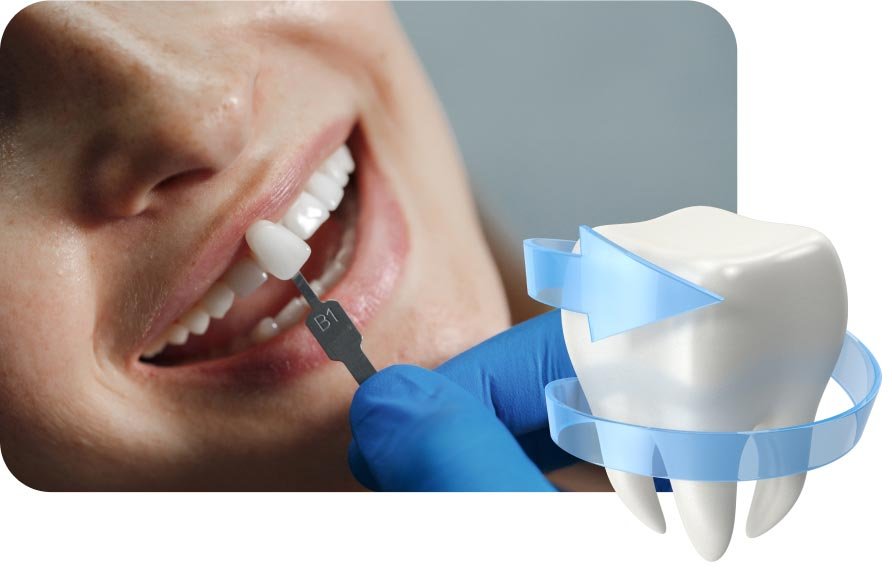Can a US-Trained Nurse Practitioner Work in Canada?
As the healthcare system continues to evolve, many nurse practitioners (NPs) from the United States are exploring the possibility of working in Canada. Given the similarities in the role and training, the question arises: Can a US-trained nurse practitioner practice in Canada? The short answer is yes, but there are specific requirements, processes, and regulations that must be followed. In this blog post, we’ll explore the steps US-trained NPs must take to work in Canada, the challenges they may face, and the opportunities that await them in the Canadian healthcare system.
Understanding the Role of Nurse Practitioners in Canada
In Canada, nurse practitioners are advanced practice registered nurses (APRNs) who have completed graduate-level education and training. They are authorized to perform a wide range of tasks, including:
- Diagnosing conditions.
- Prescribing medications.
- Ordering and interpreting diagnostic tests.
- Providing primary and specialized care to patients.
However, each province and territory in Canada has its own regulatory body for nurse practitioners, and the scope of practice can vary depending on where the NP works.
Can a US-Trained Nurse Practitioner Work in Canada?
Yes, a US-trained nurse practitioner can work in Canada, but there are certain steps they need to follow to obtain licensure and meet the regulatory requirements. The process includes:
- Credential Verification
- The first step for any foreign-trained NP (including those from the US) is to have their credentials verified. In Canada, the Canadian Nurses Association (CNA) is responsible for evaluating the credentials of internationally educated nurses and nurse practitioners.
- Provincial or Territorial Licensing
- NPs in Canada are regulated by provincial or territorial regulatory bodies, so you will need to apply for licensure with the appropriate authority in the province or territory where you intend to work. Each regulatory body has its own requirements, but they generally assess:
- Educational background.
- Clinical experience.
- Competency in the field.
- NPs in Canada are regulated by provincial or territorial regulatory bodies, so you will need to apply for licensure with the appropriate authority in the province or territory where you intend to work. Each regulatory body has its own requirements, but they generally assess:
- Language Proficiency
- Depending on the province, you may be required to prove your proficiency in either English or French (the two official languages of Canada). This is often assessed through standardized language tests.
- Pass the NP Certification Exam
- Although US-trained NPs may have already passed certification exams in the US, Canada requires NPs to pass the Canadian Nurse Practitioner Examination (CNP Exam), which is administered by the Canadian Nurses Association (CNA). The exam is specific to the NP’s area of practice (e.g., primary care or acute care) and tests their knowledge of Canadian healthcare protocols.
- Supervised Practice (if required)
- In some provinces or territories, newly licensed NPs may need to complete a period of supervised practice before they can work independently. This typically applies to internationally trained NPs or those transitioning from a different area of expertise.
Challenges for US-Trained NPs in Canada
- Licensing Process
- The process of having credentials verified, passing the Canadian certification exam, and obtaining provincial or territorial licensure can be time-consuming and expensive.
- Differences in Scope of Practice
- While the roles of NPs in both the US and Canada are similar, there are differences in the scope of practice and regulations between the two countries. In some provinces, NPs may have more autonomy than in others, and they may be required to work under a physician’s supervision in certain areas.
- Cultural and System Differences
- Canadian healthcare operates under a single-payer system (Medicare), which can differ from the US healthcare system in terms of patient access, billing, and treatment approaches. Adapting to these differences may take some time for US-trained NPs.
Opportunities for US-Trained NPs in Canada
Despite the challenges, there are many opportunities for US-trained nurse practitioners in Canada. The Canadian healthcare system values the advanced training and clinical experience that NPs bring, and there is a growing demand for healthcare professionals, particularly in underserved rural and remote areas.
- Growing Demand for NPs
- Canada has an increasing demand for nurse practitioners, especially in areas where there is a shortage of physicians. NPs are valued for their ability to provide primary care, reduce wait times, and manage chronic conditions.
- Work-Life Balance
- Canada is known for its focus on work-life balance and quality of life. For many NPs, this can be an appealing factor when considering a move to Canada.
- Competitive Compensation
- NPs in Canada are compensated well, and salaries can vary depending on the province and area of practice. Generally, salaries range from CAD 80,000 to CAD 110,000 per year, with opportunities for higher earnings in specialized areas or underserved regions.
Conclusion
US-trained nurse practitioners can work in Canada, but they must navigate the licensing process, meet certification requirements, and potentially adapt to different healthcare practices and regulations. While the process may be complex, Canada offers a rewarding environment for NPs, with opportunities for career growth, competitive salaries, and a strong emphasis on work-life balance.
If you’re a US-trained NP interested in working in Canada, researching the specific requirements for the province you’re interested in and starting the credentialing process early are key steps to ensure a smooth transition.

